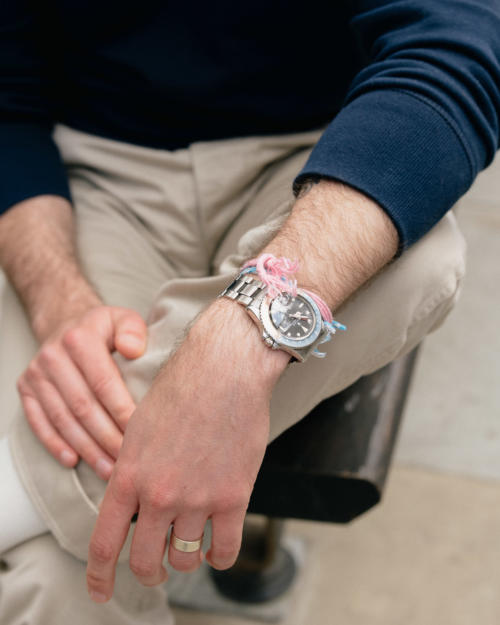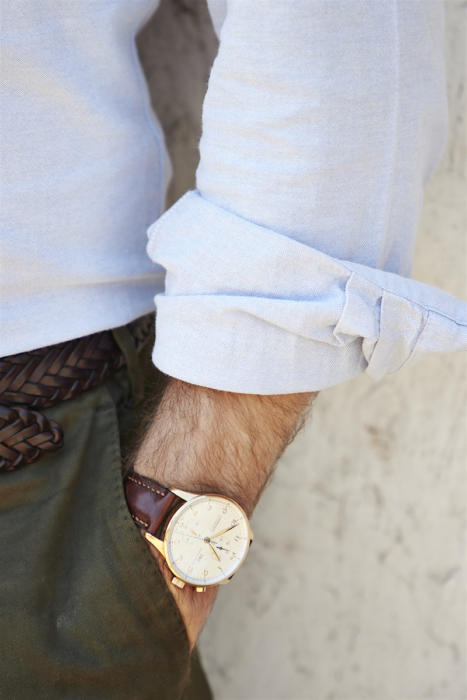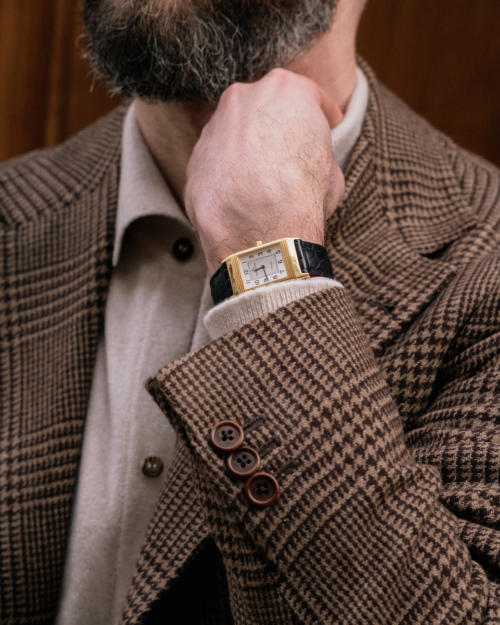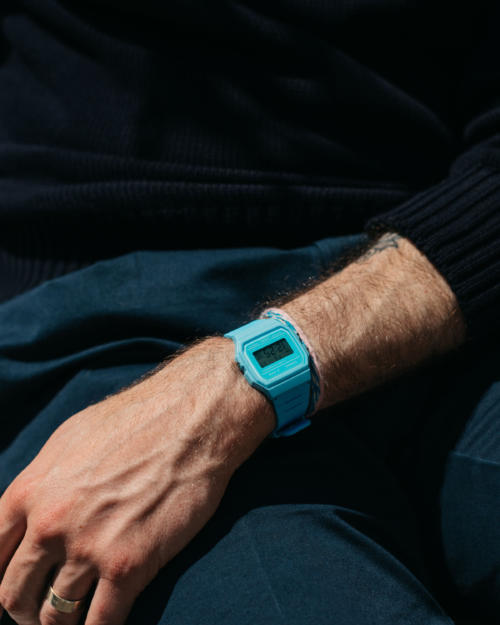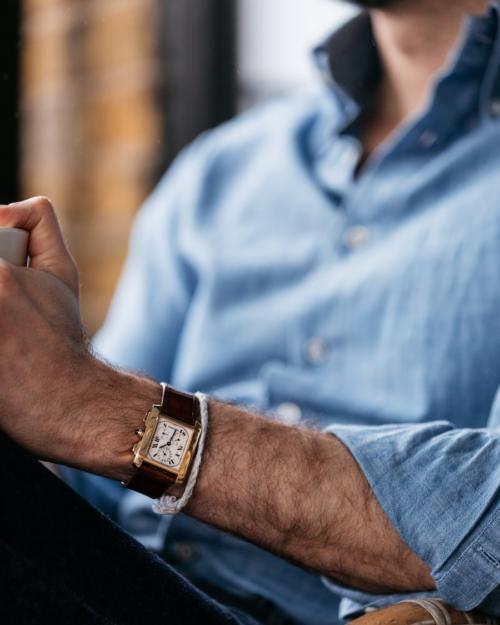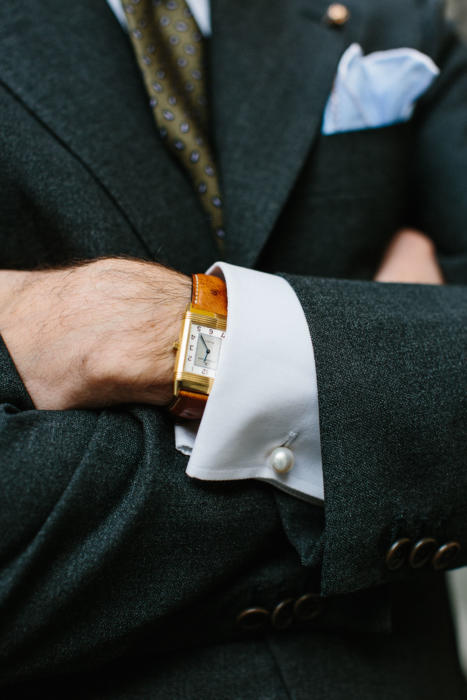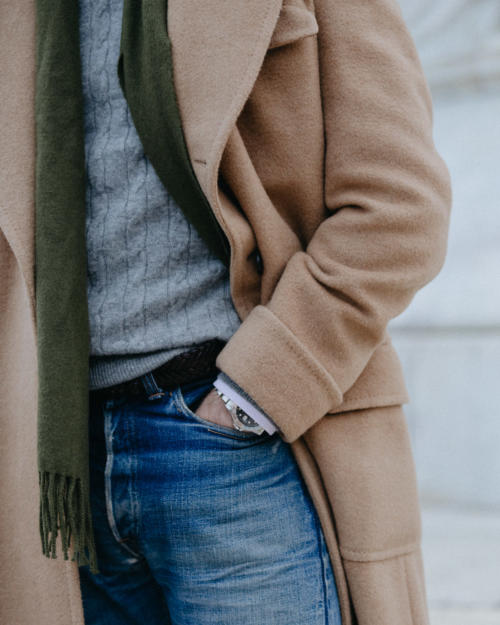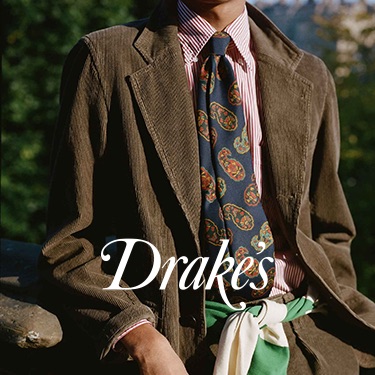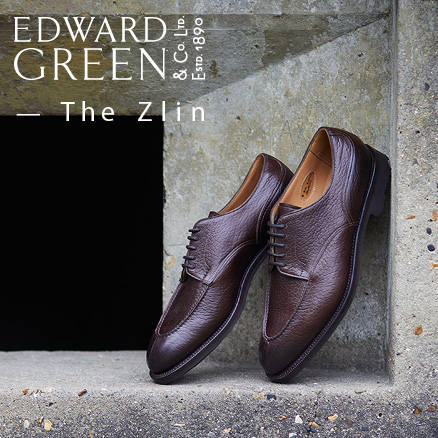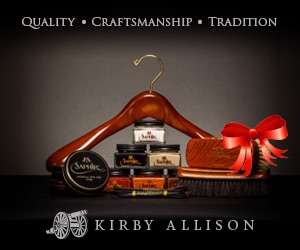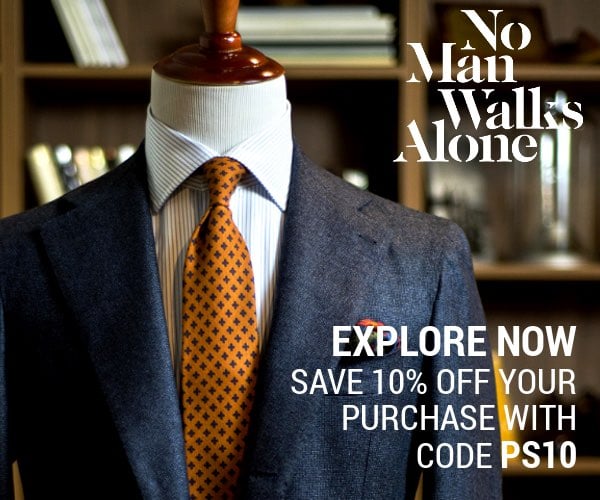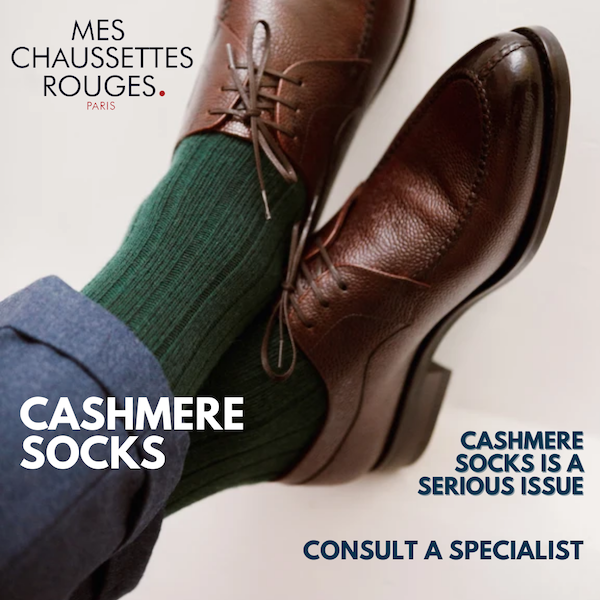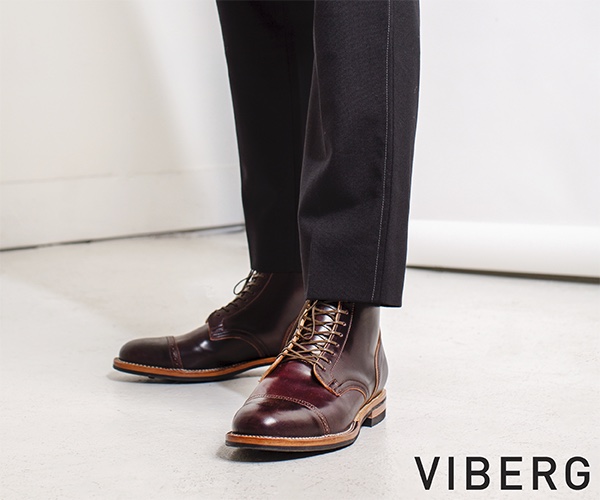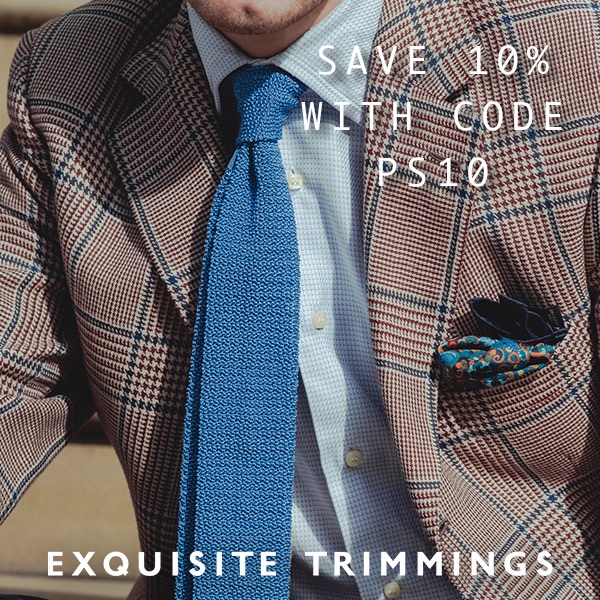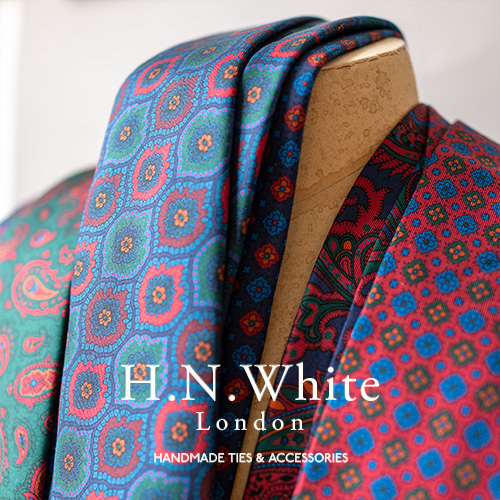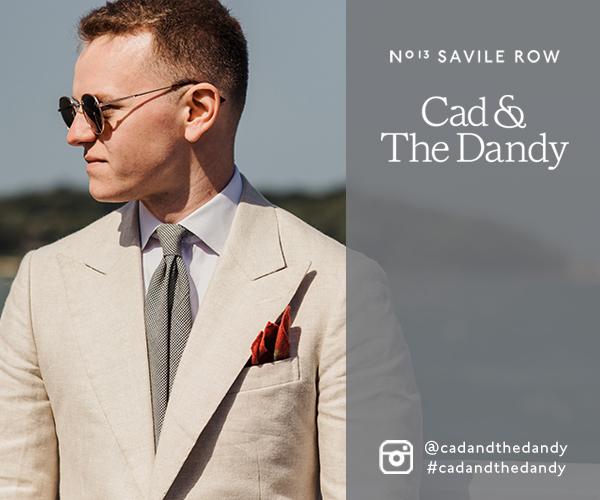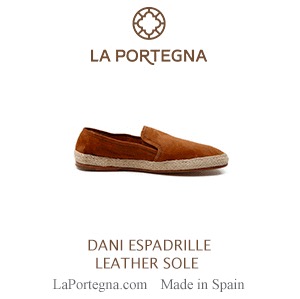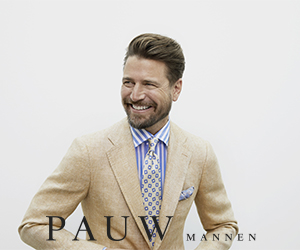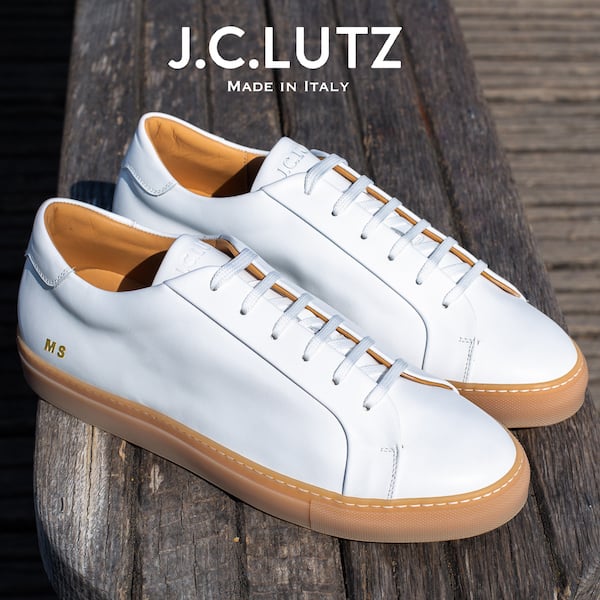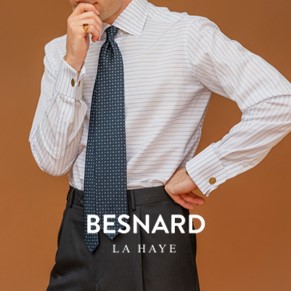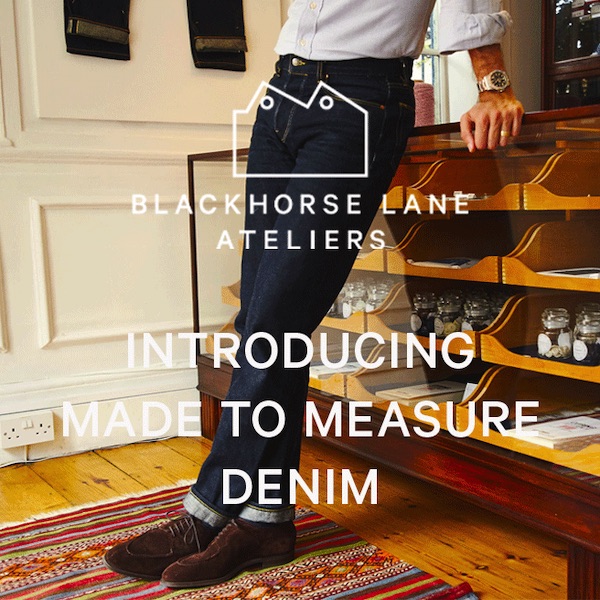My watches – eight years later
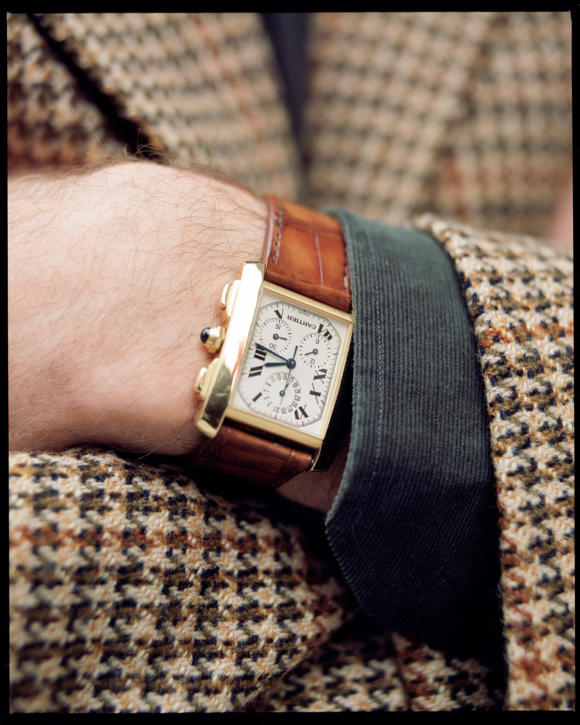
I buy watches in much the same way as I suggest other people buy tailoring.
I have a small number, of high quality, which meet a range of needs - formalities, colours, and a little extra to keep things interesting.
I went through a period of about five years of acquiring those watches, during which I felt a horological fever that I think tailoring fans would identify with - and spent at the absolute limits of affordability.
But since then I’ve bought very little, satisfying myself with changing straps now and again, adding a functional holiday watch, and today, eight years later, considering swapping one dress watch for one sports watch, to reflect my changing needs.
Versatility, quality, functionality. I think readers could put together a collection of bespoke jackets or bespoke shoes following similar principles. And I like to think I would too, if they weren’t my primary passion, and writing about them my job.
I first wrote about my watches back in 2014, and you can see details and some old photos in that article.
But to summarise, they comprise:
- Jaeger-LeCoultre Reverso, Ref. 250.140.862 in yellow gold, 1997
- Cartier Tank Francaise Chronograph, Ref. 1830 (known as the Chronoflex) in yellow gold, also 1997
- Rolex GMT Master, Ref. 1675, in steel, 1966
- IWC Portuguese Chronograph, Ref. IW371480 in rose gold, 2010
- Casio Ref. F-91WC in vibrant blue, 2022
I’ve found this collection to fit every need I have. The GMT is my weekend watch, while the Reverso and Tank have a black and brown strap respectively, and are selected according to which best goes with an outfit.
The Portuguese (below) I have always loved the design of, and have never found a larger-faced watch like that I like. But it is the outlier, and it is the obvious one to sell in order to perhaps get another steel sports watch, to reflect the fact I’m more casually dressed more often.
How I feel about the other watches has varied over time, and I find this is interesting as it reflects the power of information in watches as in clothes.
The Reverso, for example (below), is obviously a ‘classic’ and I appreciate its Art Deco heritage and design. I’ve also liked the very small size (24mm) during years when large watches have been so dominant. It felt unusual and traditional.
But there was a period when I went off it, and started swapping the strap on the Cartier instead with different outfits. I think the Tank has always had particular design appeal, particularly in little touches like the delicate buckle.
But then I read an article, I believe on Hodinkee, about the story of the Reverso, reminding myself of all the little details I had known years ago when I bought it. Suddenly I appreciated it all the more, and it became my favourite in the collection.
I don’t think there’s anything wrong with this - we all love storytelling and none of the information was wrong or hyped. But it did demonstrate for me, I think, how we all have a limited amount of ‘value’ we can attach to things, and if we have too many, that value gets divided up. If I had only one watch I would never have forgotten those details; it makes me not want to acquire more.
There are parallels again with fine clothes like bespoke suits and shoes. Unless it’s your profession, don’t just acquire more and more: buy well, care well, and if your tastes or needs change over time, find a good home for the thing that is being replaced.
It’s a coincidence that I have five watches, and I have consistently written articles on PS over the years called things like ‘If you only had five suits’ or ‘If you only had five pairs of shoes’.
These days I can imagine no one will need more than five great sports jackets, or five great pairs of dress shoes. I’ve always found it hard - even before PS was my full-time job - to stick to this kind of discipline about clothing. But I have managed it with watches.
The parallel continues with how I would acquire a new watch - or rather swap one in and one out.
I would ask the advice of friends who know about watches. That read Hodinkee and other watch resources with borderline obsession, much like some PS readers read Permanent Style and other clothing publications.
I would go to them and outline what I wanted:
- A steel sports watch that wasn’t what everyone else had (not a Submariner, not a Speedmaster)
- Whose main appeal was its design, not its historic importance or its complication (I don’t care that my Cartier is quartz)
- That perhaps wasn’t new, to save a grand or so
- But wasn’t so old that it would need constant maintenance to be functional
- That probably wasn’t on a NATO-stype strap (they never really appealed to me)
- Under £5k or so
I can imagine a guy going to a PS reader and asking his option in a similar way about what new suit to buy for a wedding, or what shoes were worth the money. I think he would be given good advice - and perhaps a couple of links to articles.
Later in 2014, I also wrote a very basic guide to buying a good watch. It’s at the kind of amateur level that I wanted at the time.
But its main point was that a watch is worth investing in. I have a friend who earns very good money, and whom I’ve been trying to convince to buy a goods watch like a Tank for years. It will be on your wrist almost every day, I say; you’ll use it more than anything in your life; it will elevate how you look every single one of those days.
I’ve yet to convince him, but I can see I might have more joy with PS readers. Save up: buy one really good watch. Value it, get it insured. You’ll never need more than a very small number.
Then perhaps take a similar attitude to suits and shoes too.
(P.S. The watches featured here are very expensive, and I recognise many people will not be able to afford them. Some things to bear in mind are that they were much cheaper when I bought them; I bought them all pre-owned; I did so over a period of years; and I don't think I'll ever buy any more.
Lastly, I think the core principle applies to a range of budgets. Namely, that this can be something you spend to your limit on, but then treasure for decades, wear every day, and get good value out of that way. It should be the kind of expense that means you insure it, and that you want to pass on to your children. It’s how more people used to view jewellery.)
Related posts
from Permanent Style https://ift.tt/rjDeB3x
via IFTTT
